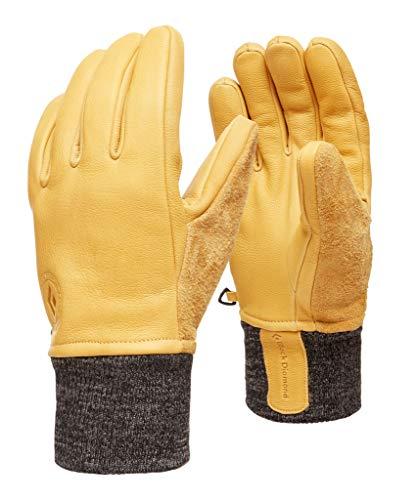What material for warm gloves? —ridepark
There are several materials regularly used in gloves to fight against the cold. Each has its advantages and disadvantages, depending on what you want to use it for.
- 1. The different layers of a glove
- 2. Synthetic materials
- 3. Natural materials: leather
- 4. Technologies and patents
- 5. Conventional gloves vs heated gloves
The different layers of a glove
To fully understand how a glove can be hot or not effective, you have to observe how a glove is constructed.
A ski glove (or glove for other cold activities) is generally made up of 2 essential layers:
The outer layer plays a protective role against external aggressions. Especially humidity, rain, snow, cold air. But also shocks, cuts. The outer layer therefore has a protective role, to protect your hand but also the insulating layer.
The inner or insulating layer is the one that will regulate the temperature and keep your hand warm and if possible minimize humidity.
The two layers are therefore extremely important while having very different roles.
Synthetic materials

Synthetic ski gloves are the most common and are effective in most cases. These gloves are generally inexpensive, light and effective for occasional use.
Classic synthetic materials for gloves:
The main advantage of synthetic materials is to offer excellent protection against external humidity. In some cases, such as Gore-Tex, they can be very good waterproofing agents.
Natural materials: leather
Leather is a very effective material for retaining heat but is sensitive to humidity. Leather gloves are therefore ideal in dry conditions or in very cold weather. In this case, the humidity is very limited and the leather will keep your hands warm.
Leather is also very comfortable with its natural feel.
Be careful, if you use your leather gloves in wet weather, they remain effective as long as they are not too wet. If you fall or touch the snow regularly, they will soak up moisture and quickly transmit the feeling of cold to you. Leather gloves take a long time to dry.
Technologies and patents
The major specialist brands and certain insulation brands offer patents or proprietary technologies that offer certain advantages. It is sometimes difficult to navigate among all these technologies with sometimes exotic names and unclear roles.
If you have to remember a few patent names or technologies for warm gloves, you have to keep in mind:
Classic gloves vs. heated gloves
Finally, a very important point! The appearance of heated gloves can prove to be a real turning point in the world of gloves, especially ski gloves.
This new generation of gloves heats your hands thanks to resistors placed inside the gloves and powered by an external battery. Main disadvantage, they can be much more expensive, but what comfort!
The best ski gloves








